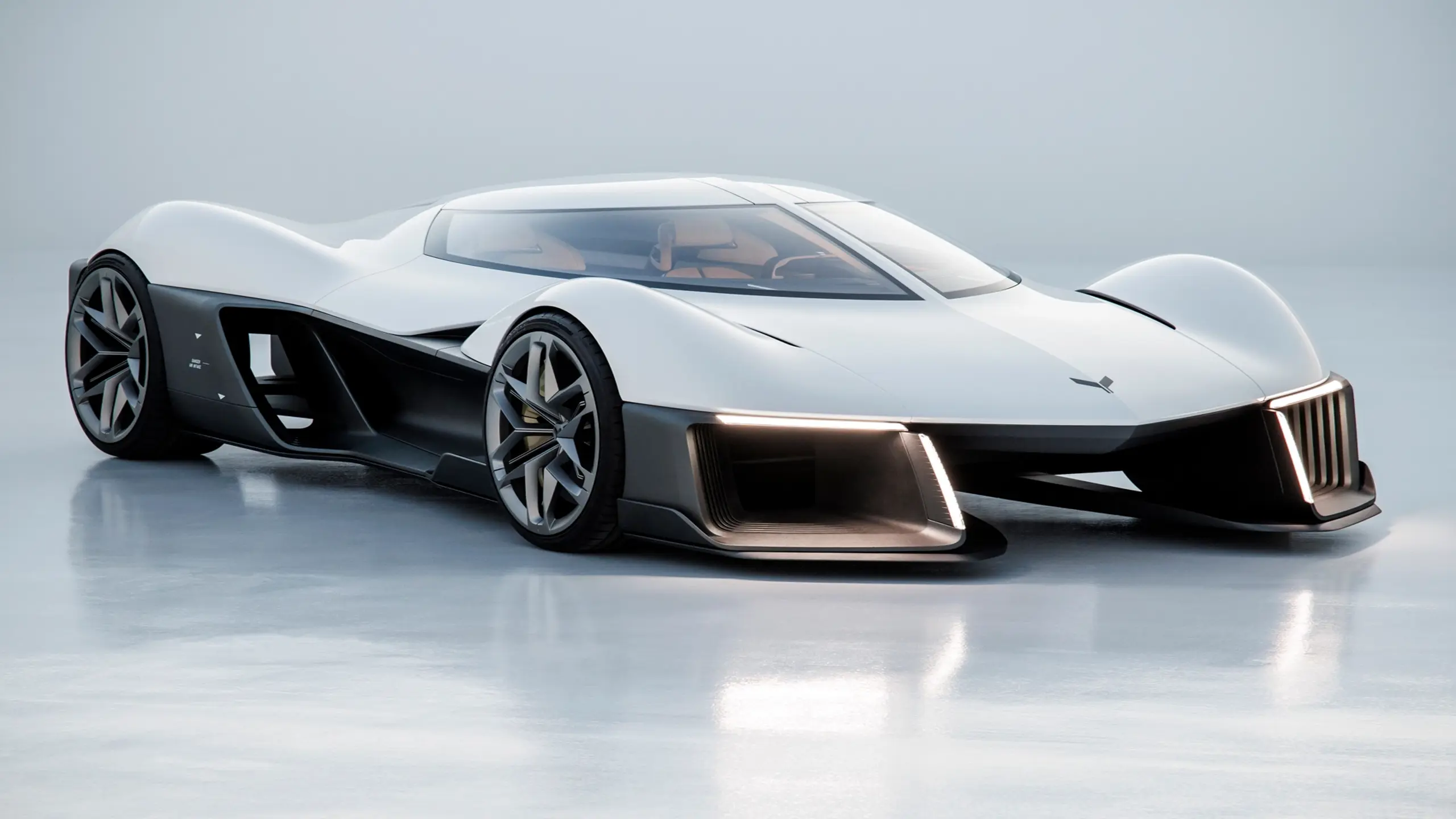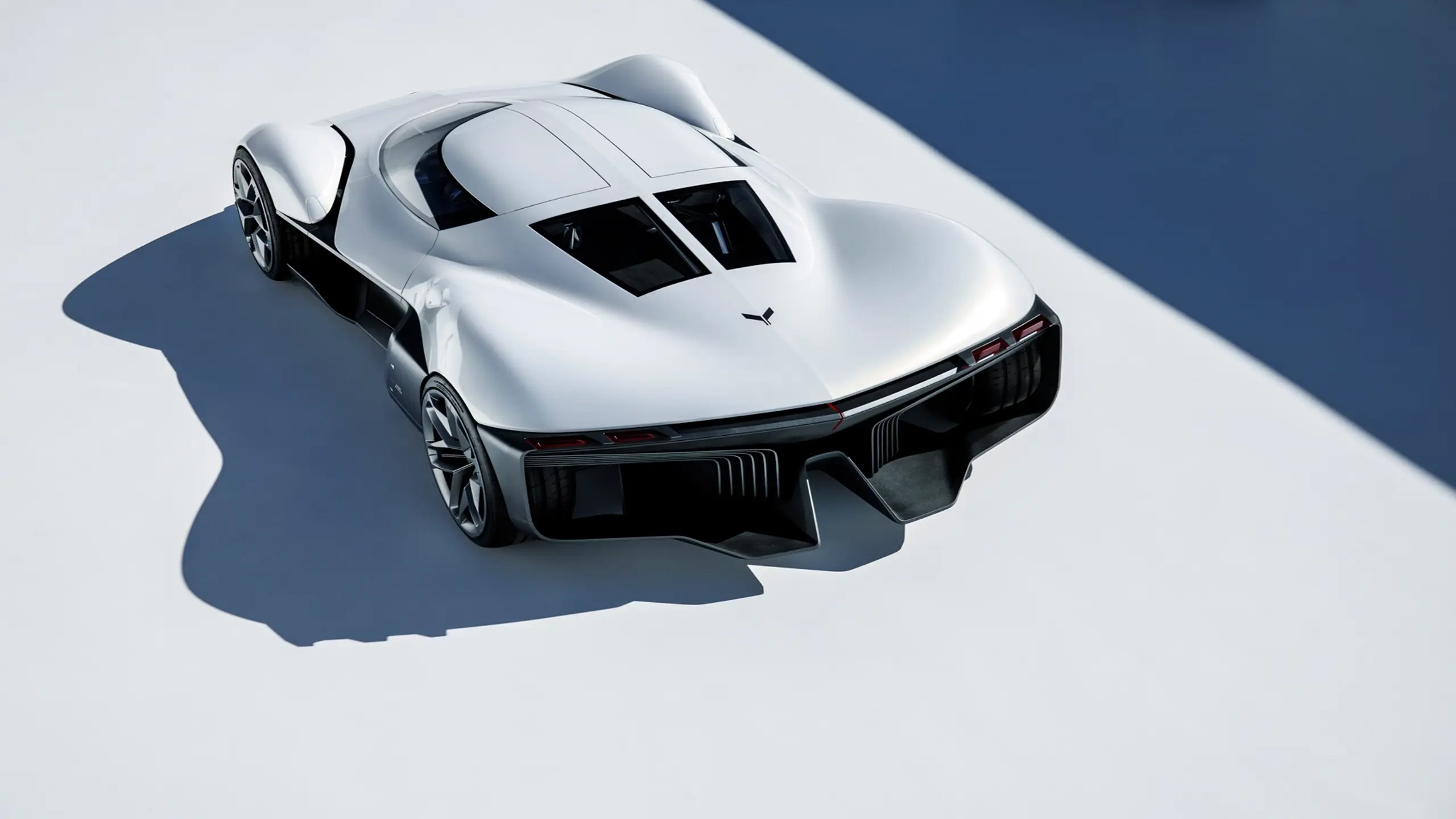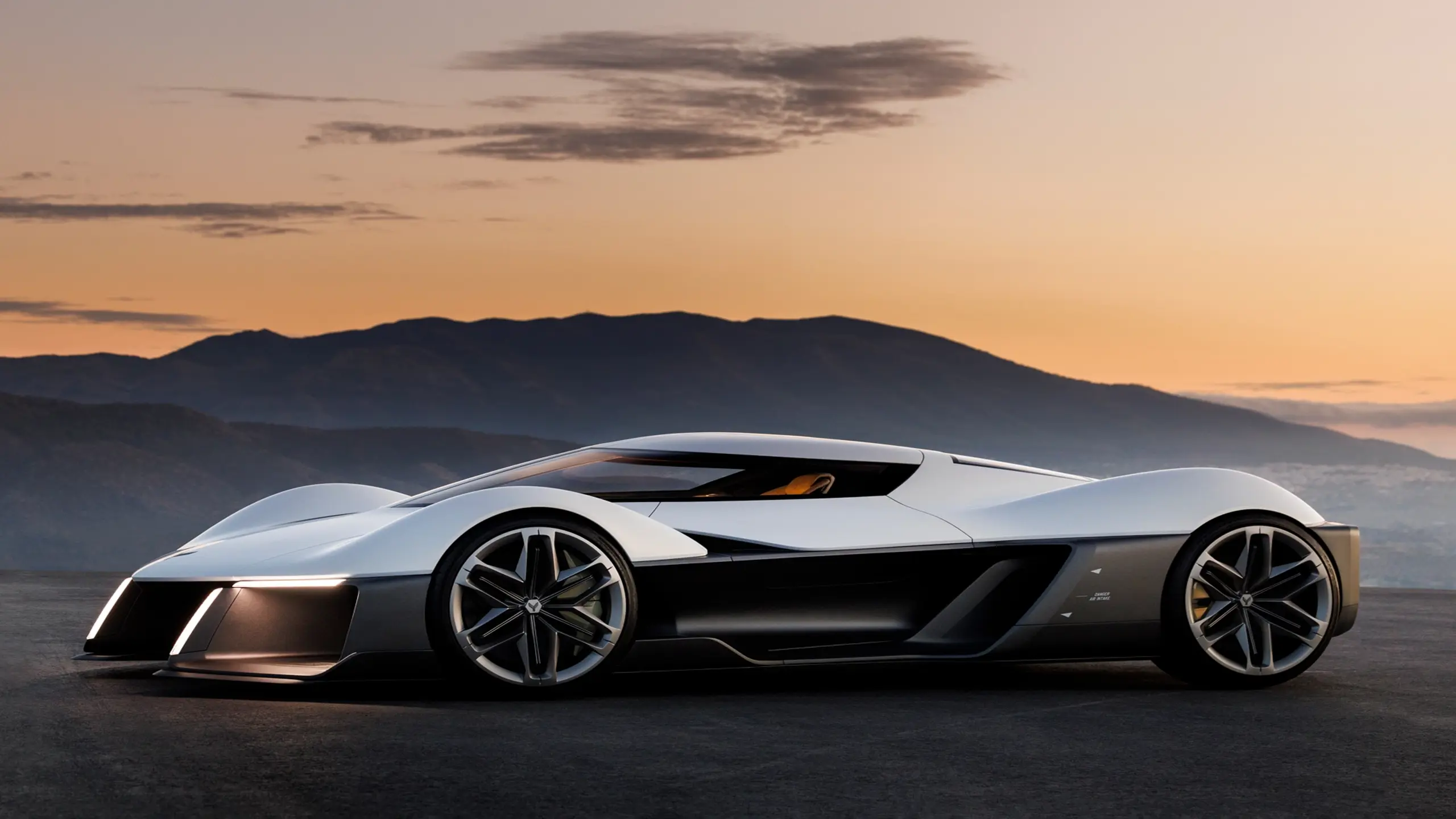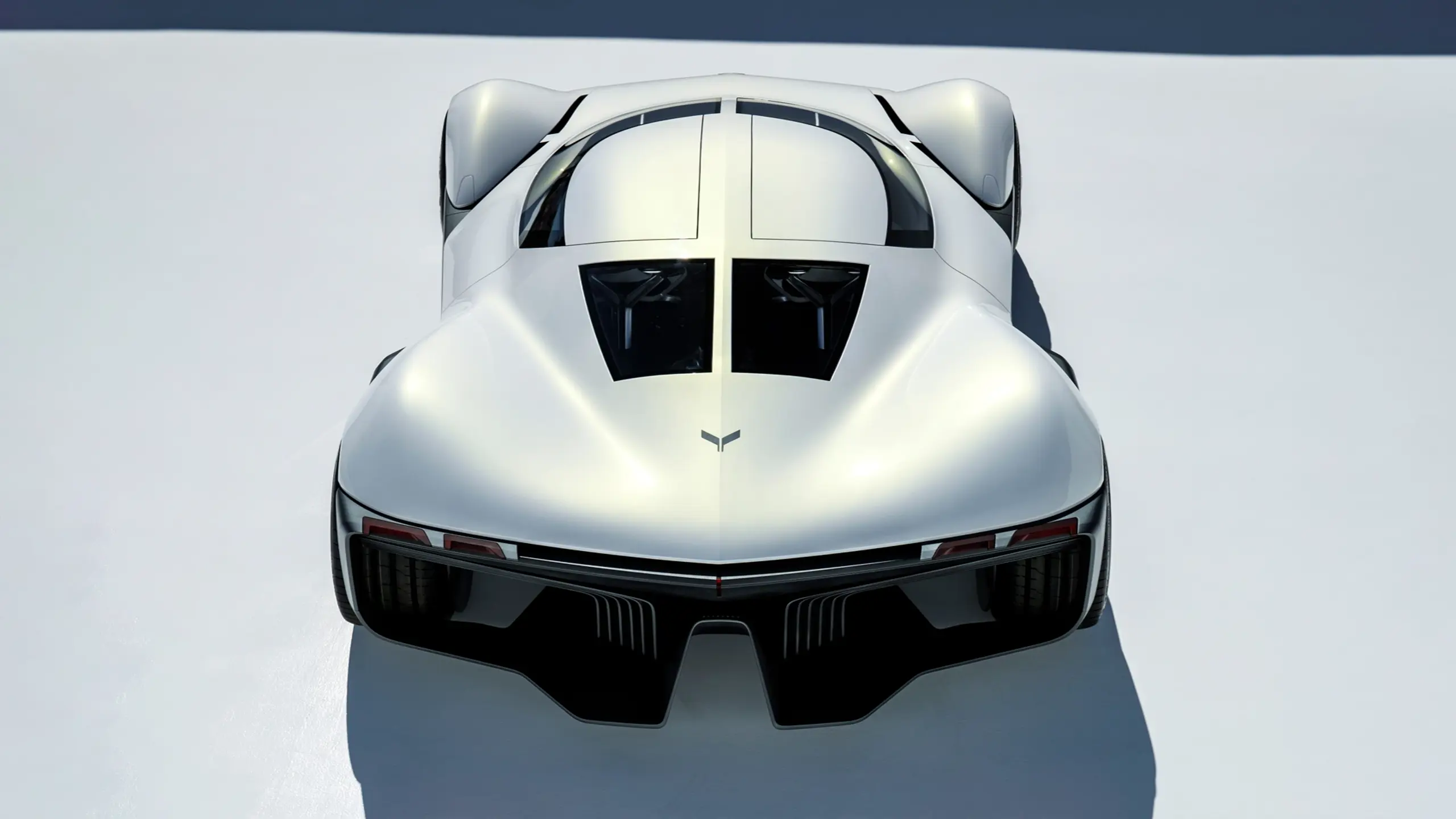
A beautiful vision of the future
With the opening of a new Advanced Design Studio in the UK, General Motors is opening an exciting chapter in its design strategy: As part of this international project, the British team unveiled a visionary concept car – the Corvette, a hypercar of the future newly created from zero. The first Corvette was presented in 1953 when Chevrolet showed this model at the GM Motorama. At the time, it was a sporty two-seater made of fiberglass. The launch of the C1 generation laid the foundation for America's best-known sports car. Over the decades, the brand developed continuously over eight generations (C1-C8) – from classic cruiser to modern mid-engined super sports car. Each version brought technical innovations and iconic designs.



The new Corvette concept from GM Design Studio UK follows an uncompromising “blank page” approach: the aim was to design a visionary future version of this dream car without restrictions. In the best tradition, GM is once again using the Corvette name to explore experimental design and technology ideas – deliberately without the intention of series production. “Our advanced design team’s mandate extends well beyond creating production vehicles," explained Michael Simcoe, senior VP of global design. “While they collaborate within our global design network on production and concept vehicle programs, these teams are primarily tasked with imagining what mobility could look like five, 10, and even 20 years into the future and driving innovation for GM.”


Futuristic meets inherited DNA
The new design studio’s Corvette concept car combines futuristic aesthetics with technical sophistication. The most striking highlight is the vertical “Apex Vision” structure, which is inspired by the legendary “split window” of the 1963 Corvette. The design combines clean lines with elements from the world of aviation. Technically, the car impresses with lightweight construction through additive manufacturing, electric gull wing doors, dynamic aerodynamics (“aero-duality”) and a racing-based pushrod suspension. An augmented display in the viewing area and generous glass surfaces round off the high-tech concept. In addition to the futuristic design language, the concept car has a clearly divided structure: while the upper section combines classically elegant lines with a visionary character, the lower section is designed for maximum functionality and integration of the latest EV technology. Protruding aero accessories are therefore no longer necessary. The dimensions also underline the hypercar claim: with a length of 4,669 mm, a width of 2,178 mm and a comparatively low height of just 1,033 mm, the car sits firmly on 22-inch front wheels and 23-inch rear wheels – for maximum statement and performance.



Worldwide design studios for concept cars
General Motors' new Advanced Design Studio is located in Royal Leamington Spa, near Birmingham. More than 30 designers work on visionary vehicle concepts in an area of over 2,200 square meters. Under the direction of renowned designer Julian Thomson (who has worked for brands such as Ford, Lotus and Jaguar and has been under contract with GM since 2021), the studio is equipped with state-of-the-art technology for digital and physical modeling. It is part of GM's global design network and plays a key role in the expansion in Europe – especially as part of the Cadillac EV offensive and the Corvette launch. Further Corvette concept models from international studios are also planned for 2025, which will not only serve the respective market but also better reflect local cultural trends.